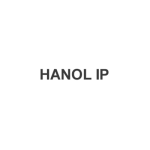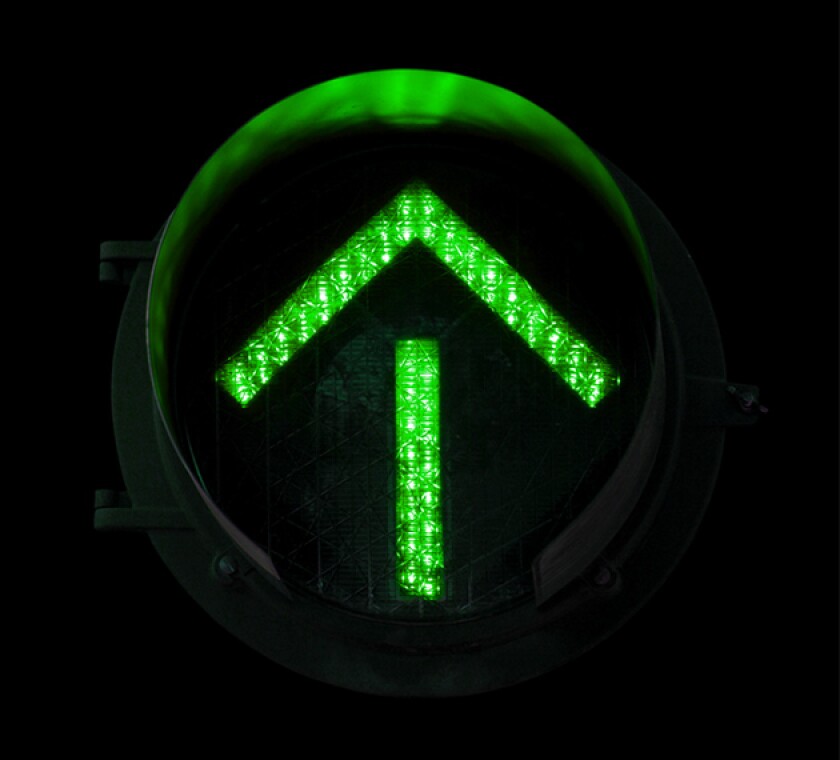The new provision for punitive damages for wilful infringement is now effective. The newly introduced punitive damages provision should contribute to stronger protection of patents and increase general value of patents in Korea. The new provision set forth below is now effective in Korea to deter unjust acts of patent infringement.
Article 128 (claim for compensation for damages): new paragraphs 8 and 9
8) Notwithstanding paragraph 1, the court may award damages up to three times the amount of damages determined pursuant to paragraphs 2 to 7, if the activity infringing the patent right or the exclusive licence right is found to be wilful.
9) The court shall consider each of the following factors in considering the damages pursuant to paragraph 8:
i) whether the infringer has a dominant position;
ii) whether the infringer knew the act of infringement would cause harm to a patent owner;
iii) the significance of any such damages;
iv) the economic benefits to the infringer from the infringement;
v) how frequently and how long the infringing activity was committed;
vi) the criminal penalty for the infringing activity;
vii) the infringer's financial status; and
viii) what efforts the infringer has made to reduce the harm to the patent owner.
The amended provision applies to infringing activities committed on or after July 9 2019.
In the past, the prevalent market sentiment was that it was more profitable to take advantage of someone else's patented invention without permission and pay damages later than to pay the legitimate royalty, since damages for patent infringement acknowledged by the court were quite tolerable. The median value of damages in patent infringement lawsuits in Korea had been only about USD 53,000 which was far less than the value in the US of about USD 6 million as of the end of 2016. Consequently, the damages did not have any significant deterrent value to patent infringers.
As listed above, the Korean court considers eight factors for determining punitive damage. These factors are quite similar to those considered in the US courts. In the US, the Federal Circuit adopted nine factors (Read Factors) to determine wilfulness of the infringer and enhancement of damages: "(1) whether the infringer deliberately copied the claimed invention; (2) whether the infringer had a good-faith belief of invalidity or non-infringement; (3) the infringer's litigation behaviour; (4) the infringer's size and financial condition; (5) closeness of the case; (6) duration of the misconduct; (7) whether the infringer took any remedial action; (8) the infringer's motivation for harm; and (9) whether the infringer attempted to conceal the misconduct" Read v Portec Inc., 970 F.2d 816 (Fed. Cir. 1992).
Likewise, the new Korean Patent Act considers the eight factors listed above for determining punitive damages and those factors have similar aspects to the Read Factors. Specifically, "(ii) whether the infringer knew the act of infringement would cause harm to a patent owner" corresponds to "(1) whether the infringer deliberately copied the claimed invention; (2) whether the infringer had a good-faith belief of invalidity or non-infringement; and (8) the infringer's motivation for harm" in the Read Factors. As in the US where thoughtful guidance from counsel is persuasive evidence of good faith, a lawyer's invalidity opinion or non-infringement opinion would be an important factor in Korea. In contrast, "(vi) the criminal penalty for the infringing activity" does not have any counterpart in the Read Factors. This factor is considered to have taken into account the principle of "prohibition of double jeopardy" in the constitution and the civil law system of Korea where civil remedies and criminal remedies are dealt with separately.
Under the new Korean Patent Act, it will be more difficult for infringers to withhold the details of their product or process during litigation as set forth below.
Article 126 bis (obligation to describe the details of the working acts)
1) In litigation involving the infringement of a patent or an exclusive licence, an alleged infringer denying the details of the infringing product or process that the patentee or exclusive licensee asserts, must describe the details of the working acts used.
2) If the alleged infringer argues that he/she has a reasonable ground for not being able to describe the details of the working acts, the court may order the alleged infringer to submit materials in order to determine whether the argument is reasonable. This does not apply if there is a reasonable ground for the alleged infringer to refuse the submission of the materials.
3) The provisions of Articles 132, Paragraphs 2 and 3 shall apply mutatis mutandis to the previous paragraph (2). In such cases, "when it is necessary to prove the infringement or calculate the amount of damages" in Article 132, Paragraph 3 shall be construed as "when it is necessary to determine whether there is a reasonable ground for not being able to describe the details of the working acts."
Article 132 (Submission of Materials)
(2)Where a person possessing the materials argues that he/she has a reasonable ground to refuse to submit them pursuant to paragraph (1), the court may order the presentation of the materials to determine whether the argument is reasonable. In such cases, the court shall not allow other persons to see the materials.
(3) Where the materials that shall be submitted pursuant to paragraph (1) falls under the trade secret defined under sub-paragraph 2 of Article 2 of the Unfair Competition Prevention and Trade Secret Protection Act, but it is necessary to prove the infringement or calculate the amount of damages, it shall not be considered a reasonable ground pursuant to the proviso of paragraph (1). In such cases, the court shall designate a scope in which an inspection is allowed or a person for whom an inspection is allowed within the purpose of the submission order.
4) Where a party fails to describe the details of the working acts without any reasonable grounds, the court may determine that the details of the infringing working act that the patentee or exclusive licensee asserts are true.
Generally, the burden is on the plaintiff in a patent infringement lawsuit to prove the details of the allegedly infringing product/process. With the introduction of Article 126 bis, however, once a patentee presents the details of the alleged infringing product/process, the alleged infringer must describe the details of his/her product/process related to his/her act of infringement. This provision is particularly meaningful for process patents where infringing activities are done mainly within the infringer's territory and, thus, obtaining direct evidence of the infringement is quite difficult. Even if the alleged infringer argues that materials to be submitted are trade secrets, the court may order submission of such materials for inspection according to in camera procedure (Article 132, Paragraphs 2 and 3 of the Korean Patent Act).
The introduction of punitive damages which may be up to three times the amount of compensatory damages was made to further protect the rights of patent holders, and the obligation to describe in detail set forth in Article 126 bis will undermine the infringer's position in a patent litigation. Accordingly, these two provisions from the new Korean Patent Act will have a substantial effect on the enforcement of patents in Korea. For example, a cease and desist letter to an infringing company will have greater impact than before as ignoring the letter may increase the likelihood of being subject to punitive damages. If a patent holder sends a cease and desist letter to an infringing company, the company has two options to choose from in order to avoid punitive damages. The first option is to obtain authorisation from the patent holder through a licence. The second option is to comply with the demand and stop infringing activities including producing, selling, and using the patented inventions. As a result, it is expected that the number of patent licences will rise as infringers may proactively start seeking licences from patent holders.
Min Son
Partner, Hanol IP & Law
HANOL Intellectual Property & Law
6th Floor, Daemyung Tower, 135, Beobwon-ro, Songpa-gu
Seoul, 05836
Republic of Korea
Tel: +82 2 942 1100
Fax: +82 2 942 2600











